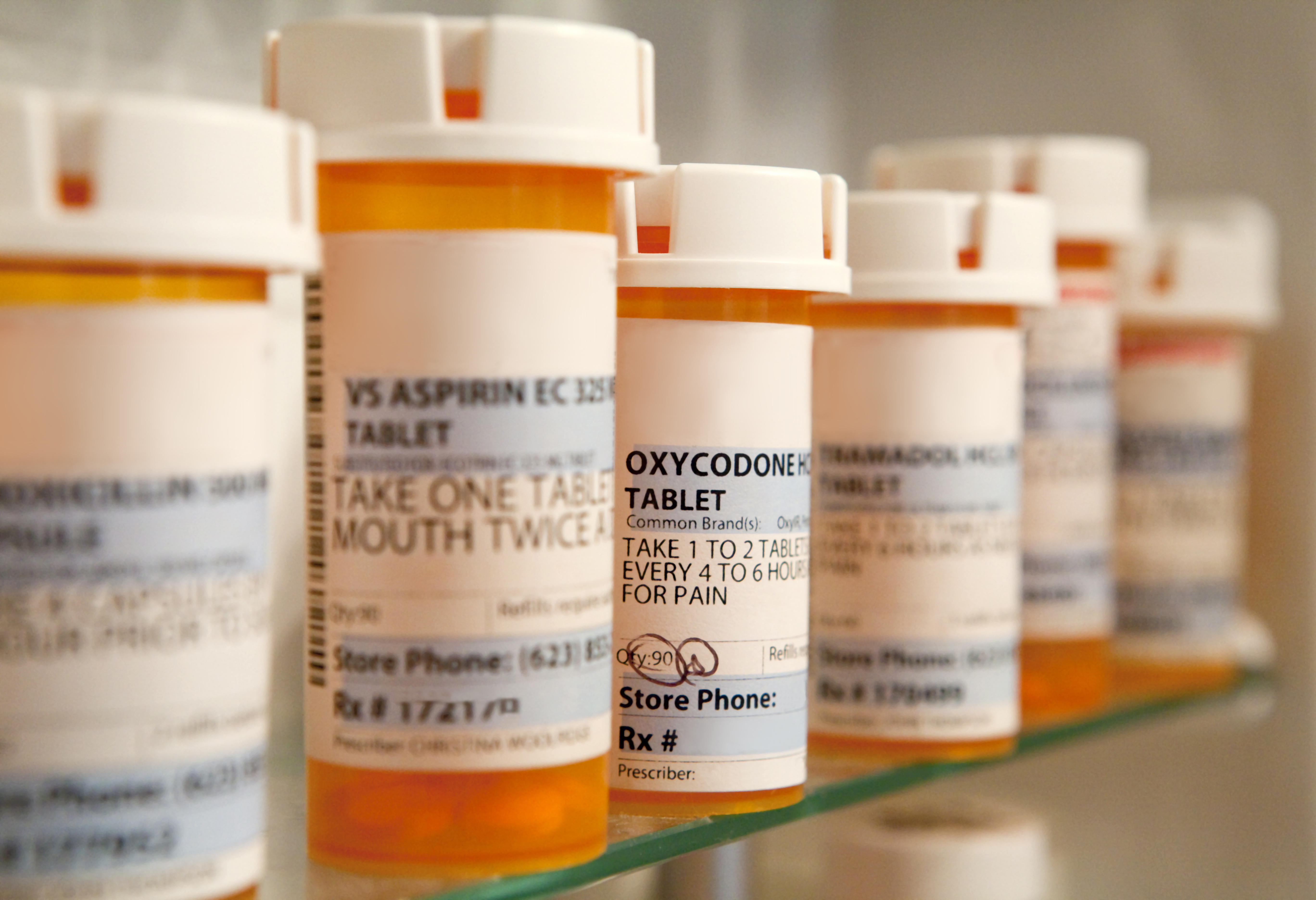On average, the clinical trial process takes 12 years from the time a new treatment goes from lab testing to your medicine cabinet.
Only five out of 5,000 medical treatments that enter preclinical tests make it to human tests; of those 5 clinically-tested drugs, only 1 is approved. That means each new potential medical treatment that is developed has only a 1 in 5,000 chance to make it into your medicine cabinet.
Approval for new medical treatments are controlled by a government agency called the Food and Drug Agency, commonly referred to as the FDA.
There are several stages a new medical treatment has to go through before making it to your medicine cabinet.
The first stage is preclinical testing. This stage takes an average of 3 and a half years to complete. In this stage, a drug or device company conducts both lab and animal studies to assess safety and efficacy profiles before a human ever is given the drug.
The second stage is for the company to apply for permission from the FDA to start testing the potential treatment in people. The application to the FDA must have results from previous experiments, treatment details, how the treatment is supposed to work, all observed side-effects in the animal studies, how it will be manufactured, and how, where, and by whom the new studies will be conducted. The study details must be reviewed and approved by the Institutional Review Board, commonly referred to as the IRB, before the study can be conducted. The IRB’s sole purpose is to protect the safety and ethics of studies conducted on human subjects.
If the treatment being tested makes it past preclinical testing and the application process, then the drug moves on to phase trials.
1. Phase one clinical trials are the first tests of a new medical treatment under development in a small number of volunteers. Phase one studies are focused on safety and tolerability of a treatment and show the safety profile for a treatment. A safety profile will tell researchers, if applicable, safe dosages and administration, and how the human body absorbs, distributes, metabolizes, and excretes new drugs.
2. If phase one trials are successful, then the medical treatment will move to phase two clinical trials. Phase two clinical trials are much larger studies than phase one trials and are conducted with much larger groups of volunteers. Phase two trials are conducted with patients that have the intended condition or disease to be treated, not just in healthy people. Phase two trials are conducted primarily to assess drug effectiveness.
3. If the new medical treatment is successful in phase two clinical trials, as determined by FDA based on their review of the study results, then the treatment will move to phase three testing. Phase three clinical trials are large, randomized trials that are submitted to the FDA for approval of the drug. Phase three further examines the effectiveness, safety, and adverse effects of the medical treatment on a large scale. Usually, this phase involves 1000 to 3000 patients. These phase three tests on large populations of volunteers give researchers and the FDA enough data to be able to determine if the medical treatment should be approved for general sale and consumption.
After a new medical treatment goes to market, phase four studies, often referred to as post-marketing studies, may take place to further assess the efficacy and other benefits of a medical treatment. Phase four trials focus on the collection of data from patients who are using or being administered the already FDA-approved medical treatments to determine additional characteristics, benefits, and risks of a treatment.
Click MyLocalStudy for more information on studies currently enrolling in your area.

